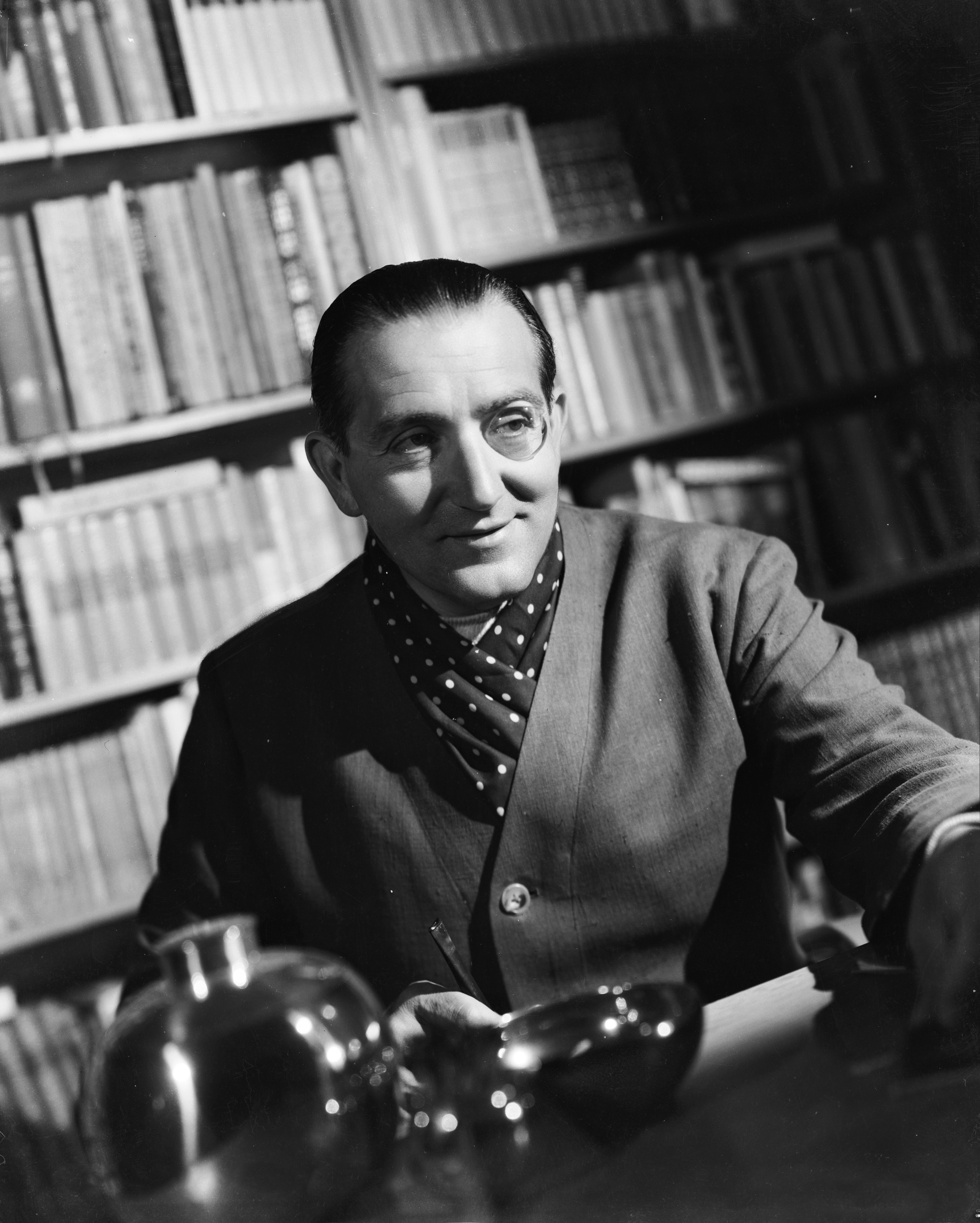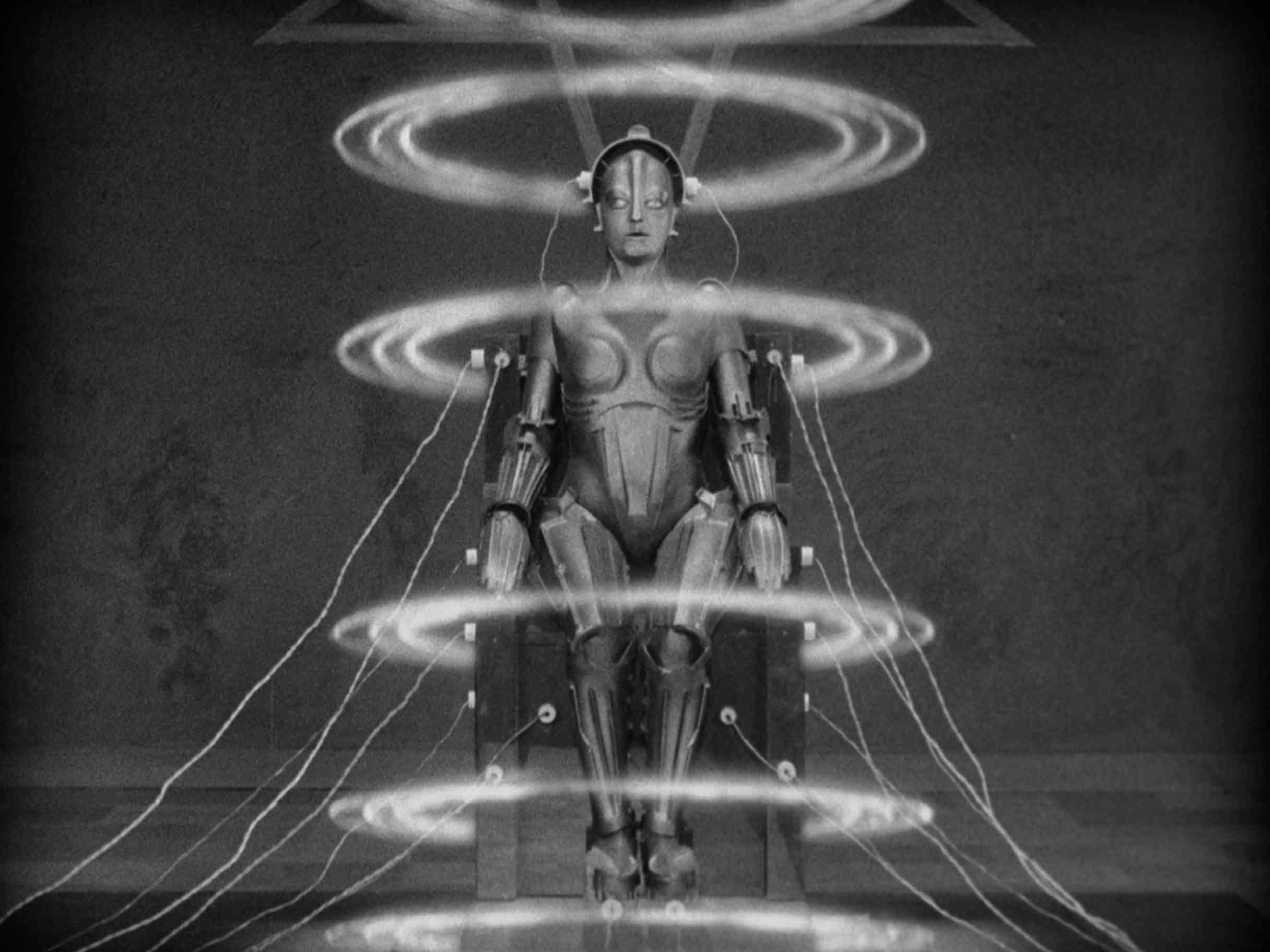Lang, Fritz (1890-1976), was a motion-picture director who first gained recognition in Germany, and later in the United States. He directed about 50 movies, including crime, science-fiction, and suspense films, and wrote numerous screenplays. Along with other German emigrants in the film industry, Lang contributed to the film noir style of motion pictures that developed in Hollywood in the 1940’s and 1950’s. Film noir refers to a moody, pessimistic motion-picture style.

Lang was born in Vienna , Austria-Hungary , on Dec. 5, 1890. His father was a builder. Lang was raised in the Roman Catholic faith of his father, and his mother converted from Judaism herself. Lang briefly studied civil engineering at the Technical University (now Technische Universität Wien) in Vienna. He abandoned his studies to explore Europe and later claimed he also had visited North Africa and Asia. He supported himself by selling postcards and other items that he painted. In 1913, he traveled to Paris , France, where he studied painting and exhibited his art. At the start of World War I (1914-1918), Lang returned to Vienna. He volunteered in the army and was wounded in battle. During a months-long recovery period, Lang wrote a number of screenplays. Two of them were purchased and produced by Joe May, an Austrian director who owned a film studio in Berlin , Germany.
Lang moved to Berlin in 1918. He directed his first motion picture, Halbblut (The Half-Breed), in 1919. Lang became one of Germany’s most prominent directors of crime, science fiction, and suspense movies. He gained recognition for his silent thrillers about the corruption of society by powerful capitalists , criminals, and mad scientists. The most important of these movies were Dr. Mabuse, the Gambler (1922), Metropolis (1927), and Spies (1928). In Metropolis, the master of a city hires a mad scientist to create a robot to trick and control the city’s workers. The Nibelungs (two parts, both 1924) is based on a German epic poem from the 1200’s. The hero Siegfried slays a dragon and bathes in its blood to become unconquerable. But a leaf falls on Siegfried’s shoulder and creates one unprotected spot, where his enemy stabs him. Lang’s first film with sound, M (1931), is about the search for an insane killer of children. To highlight his first use of sound, Lang had a blind man identify the killer by the song the killer whistled when he pursued his victims.

Lang fled Germany in 1933 rather than direct movies for the Nazis . He settled in southern California and later became a U.S. citizen. His best American films are all crime dramas about a man being pursued by an evil force that drives him to desperation. For example, Fury (1936), Lang’s first American film, deals with a man threatened by a murderous mob. The Big Heat (1953) is about a man’s battle against gangsters. Lang also directed Westerns , such as The Return of Frank James (1940) and Rancho Notorious (1952), and anti-Nazi movies. Man Hunt (1941) imagines an attempted assassination of German dictator Adolf Hitler . Lang died in Beverly Hills , California, on Aug. 2, 1976. His work influenced later movies that borrowed from film noir, such as Blade Runner (1982), Batman (1989), and The Fifth Element (1997).
